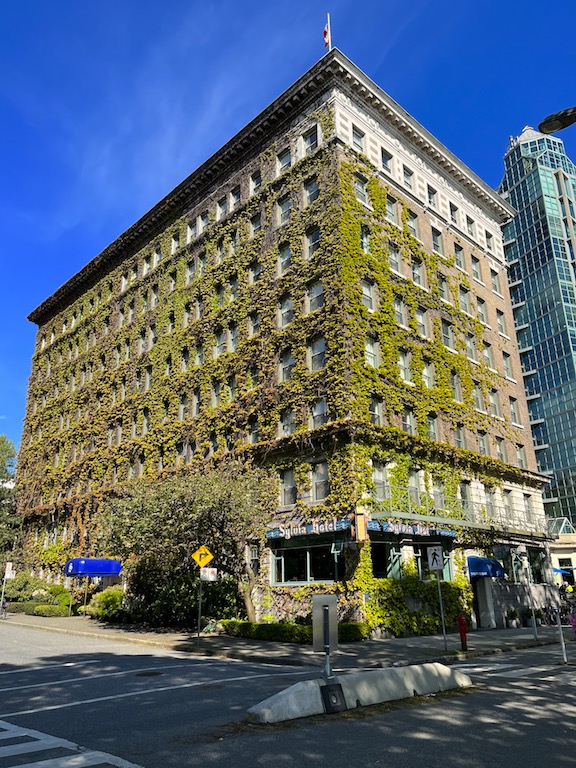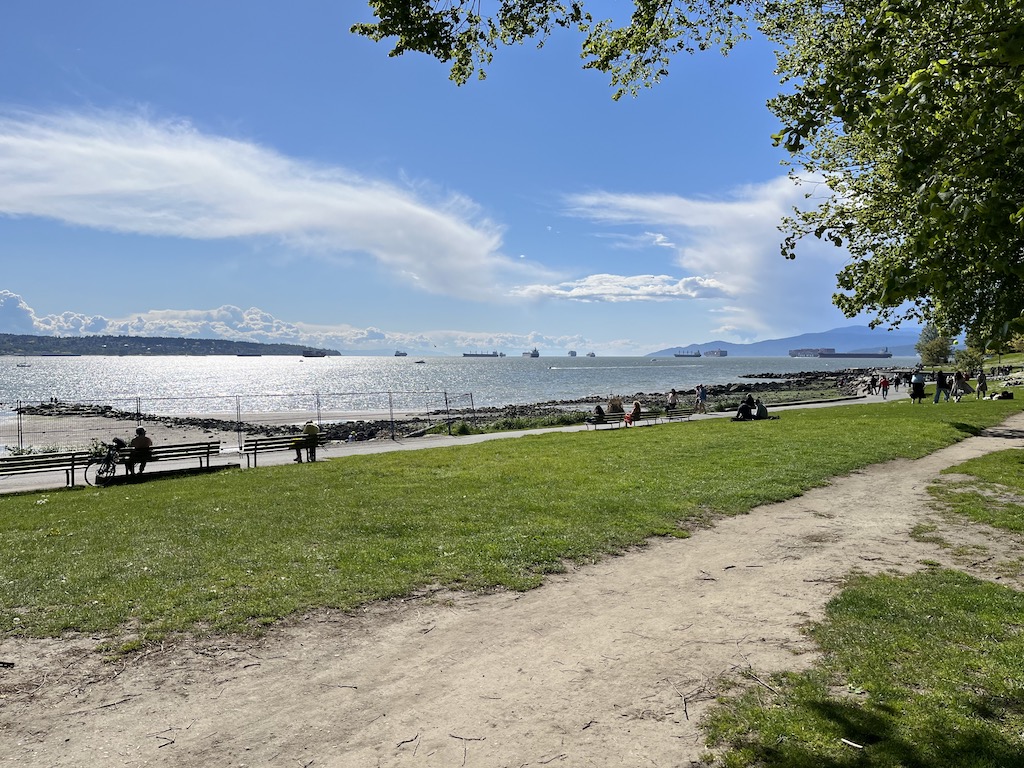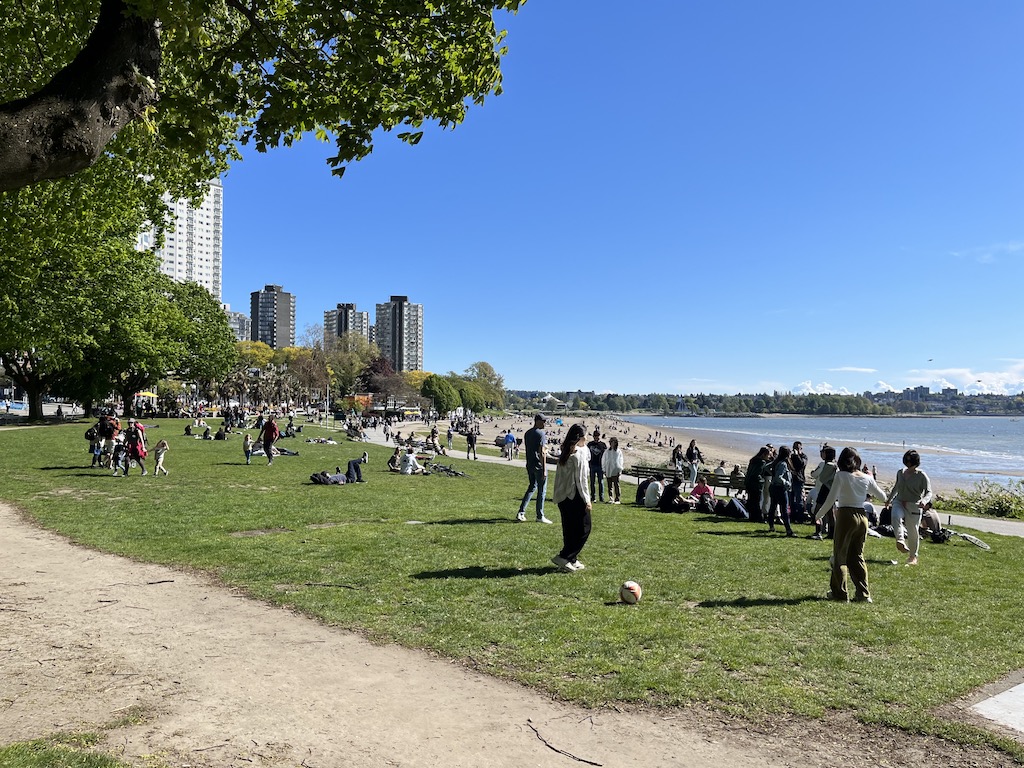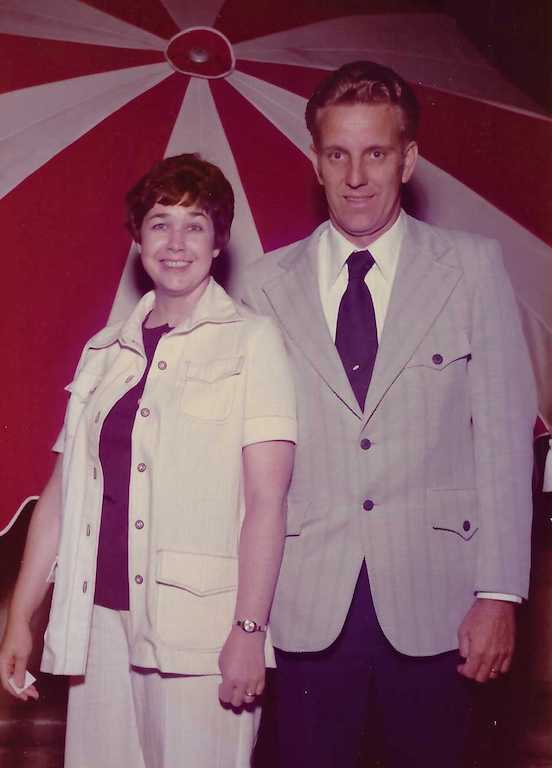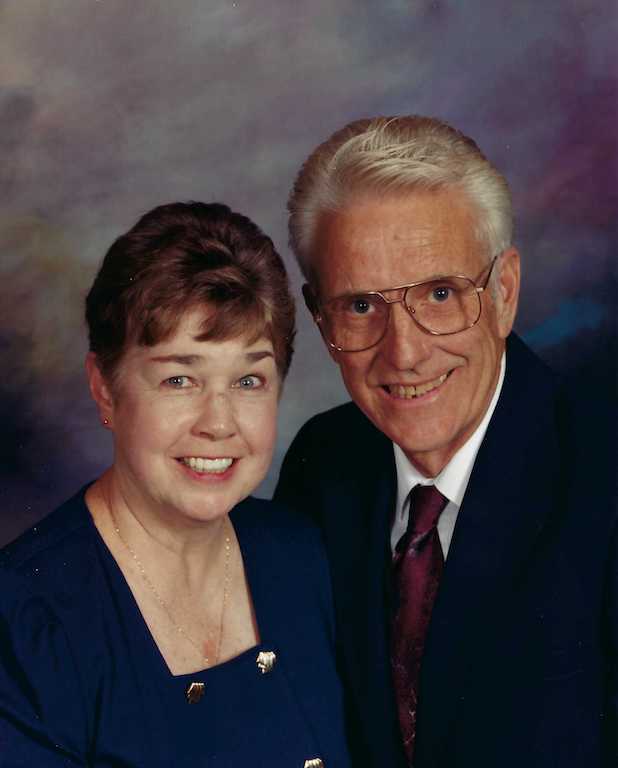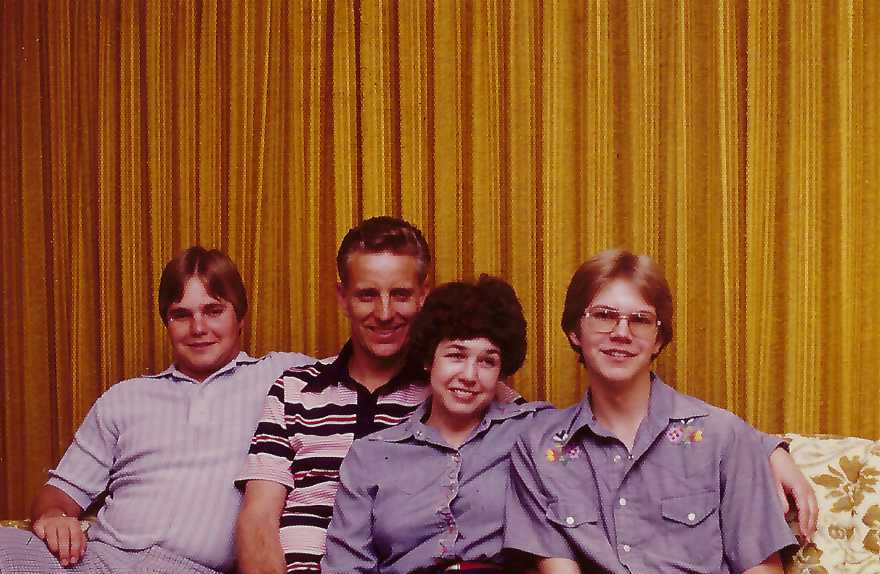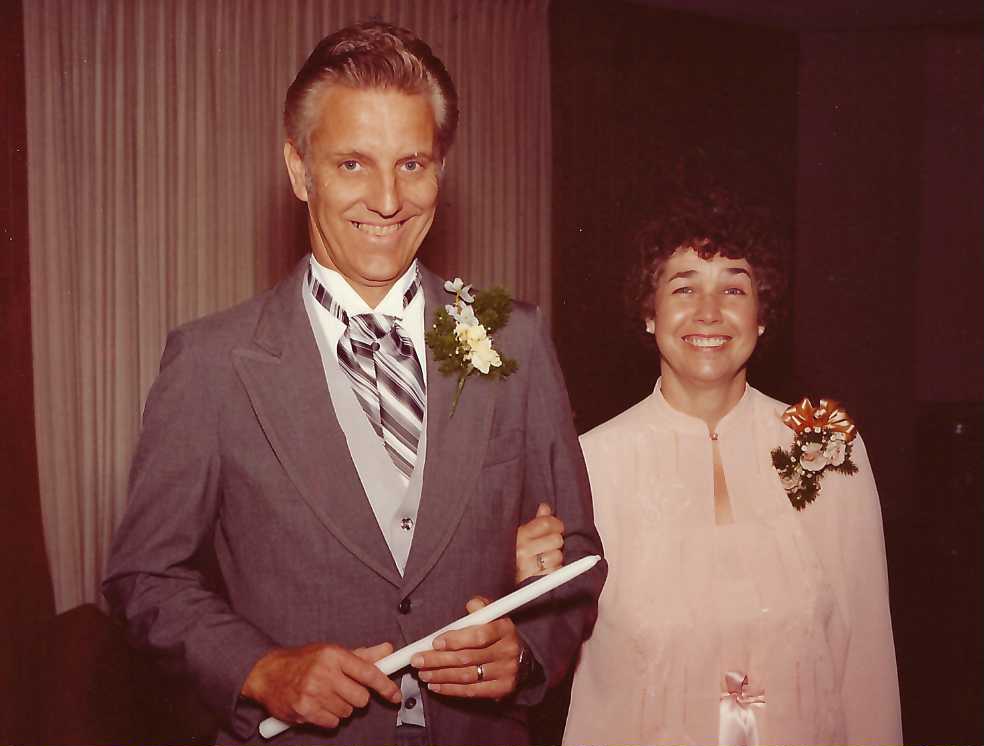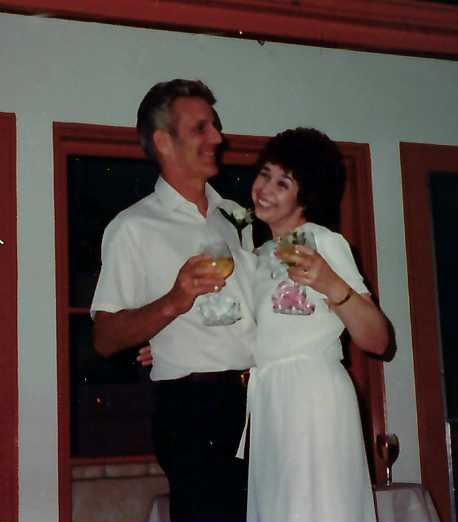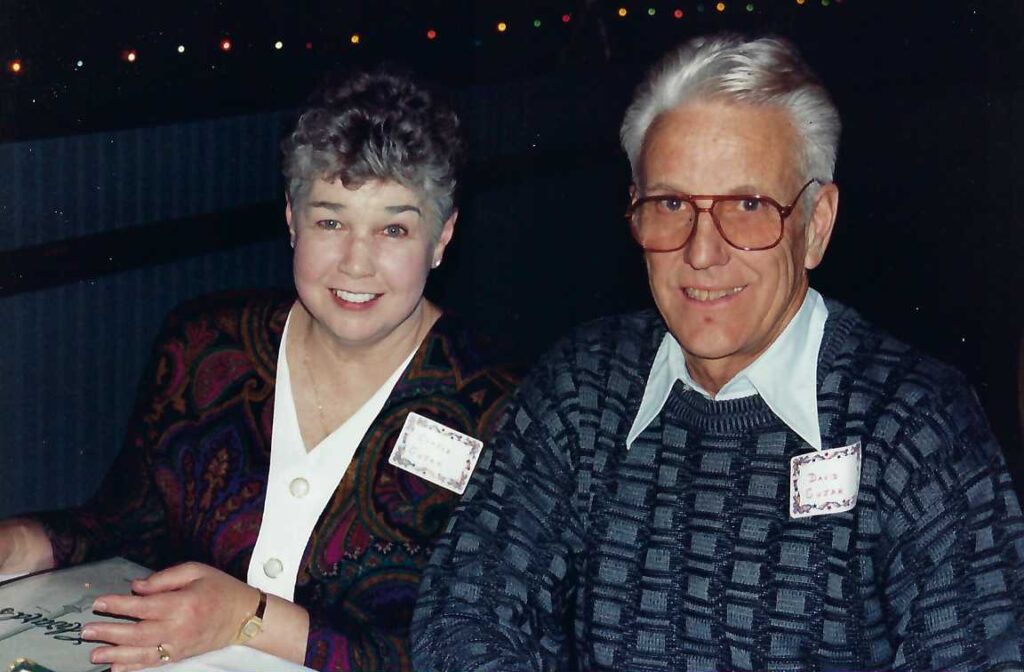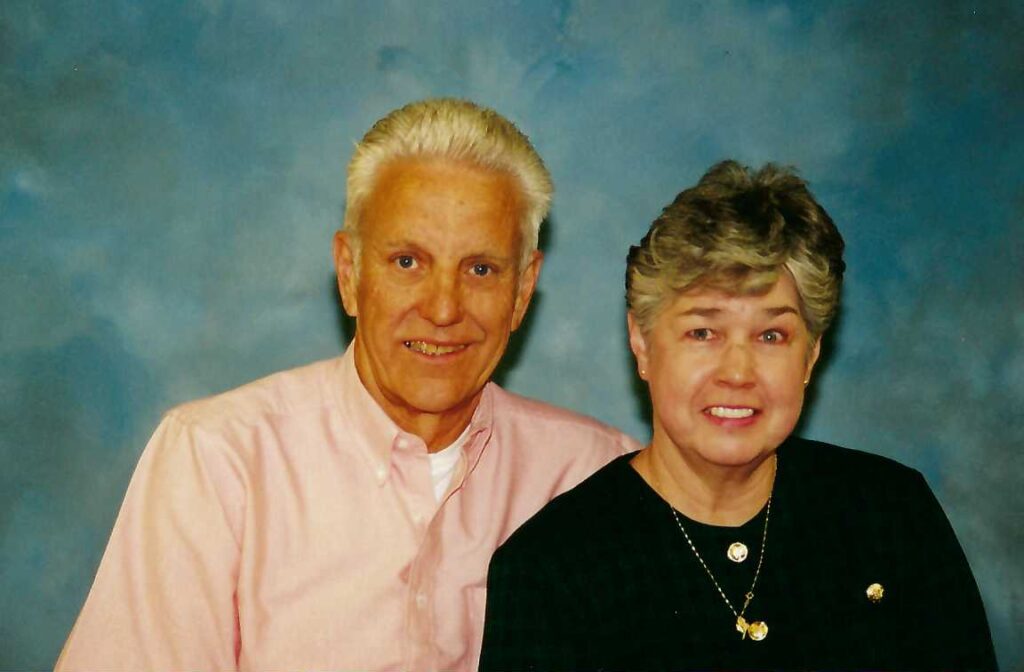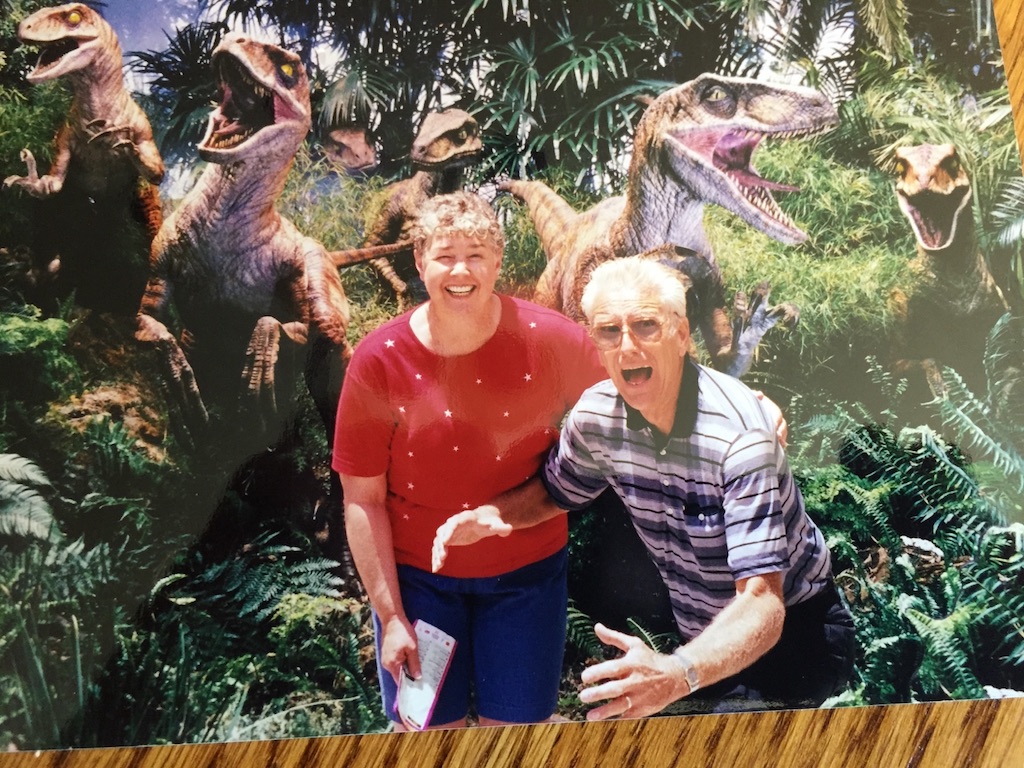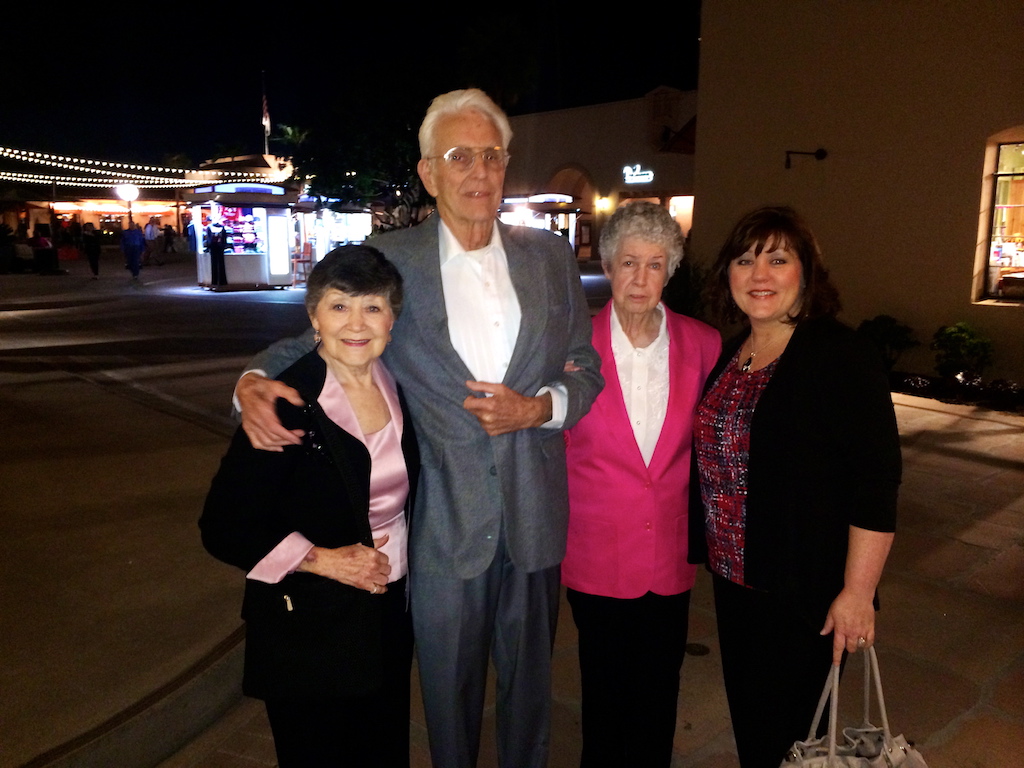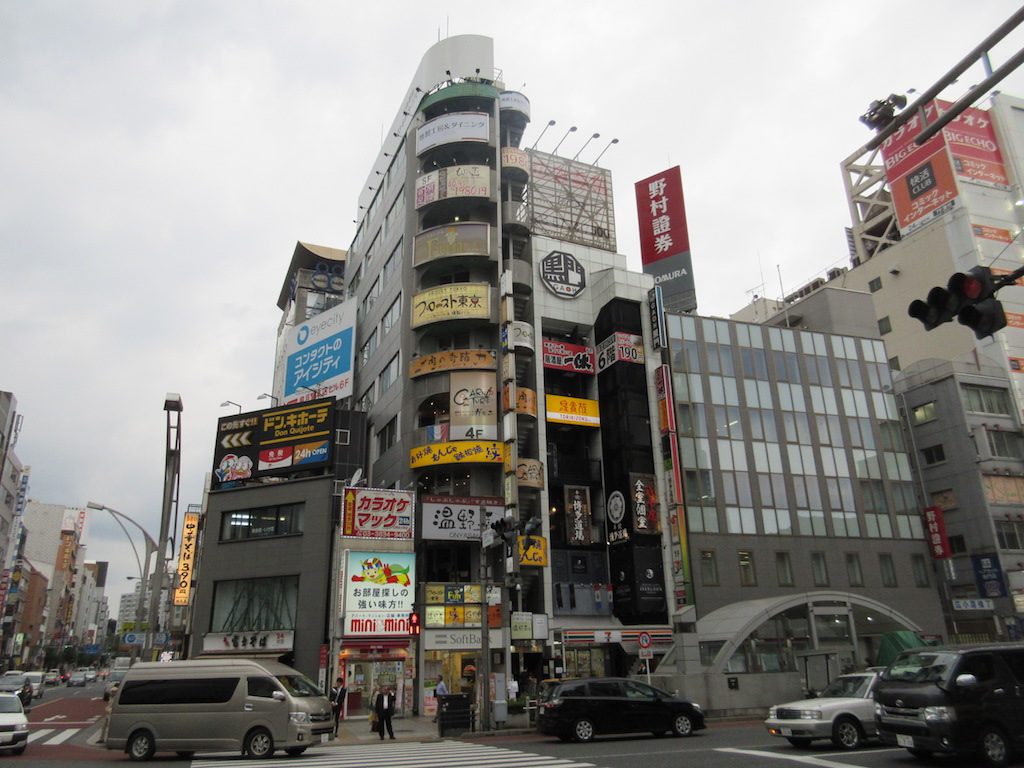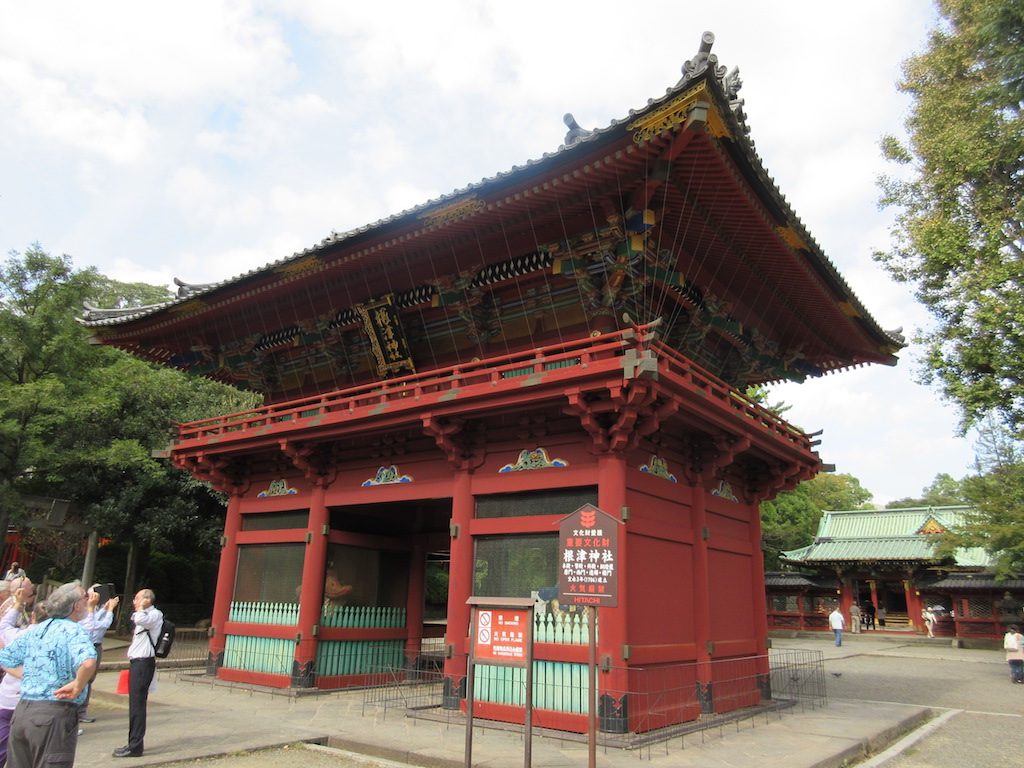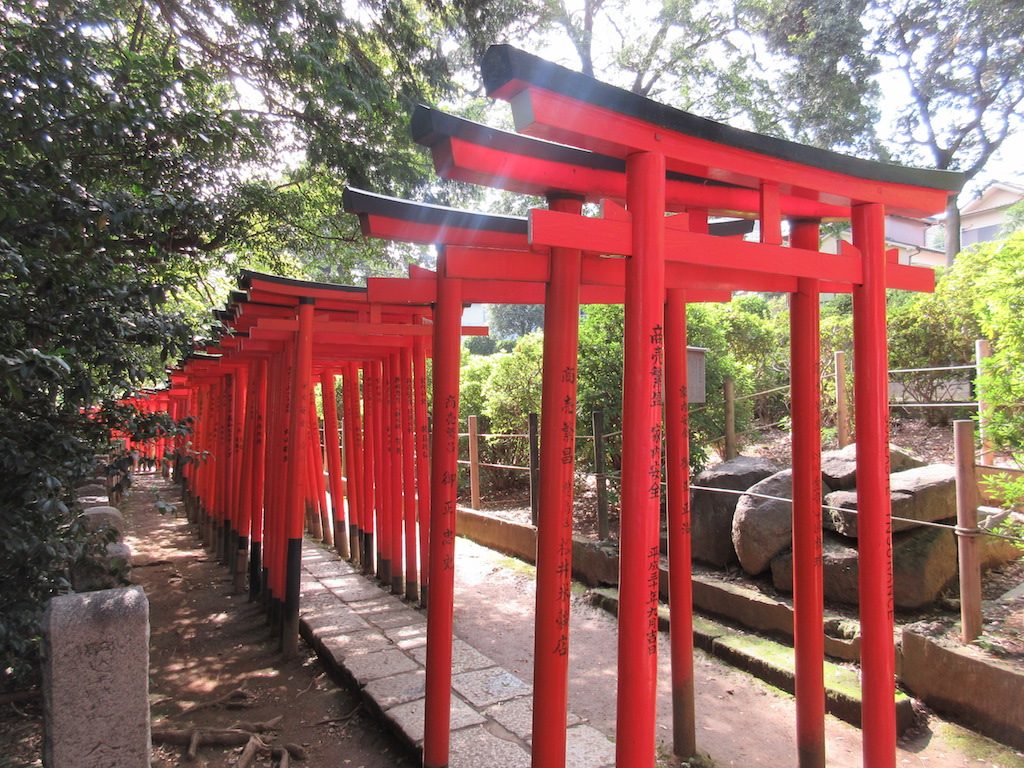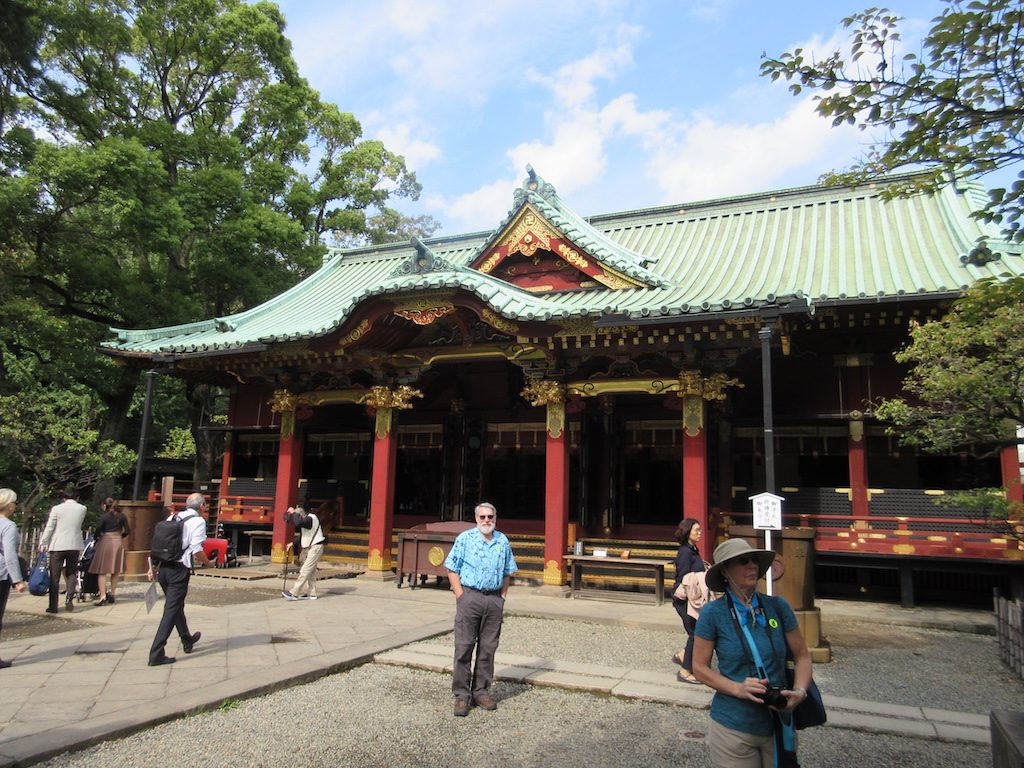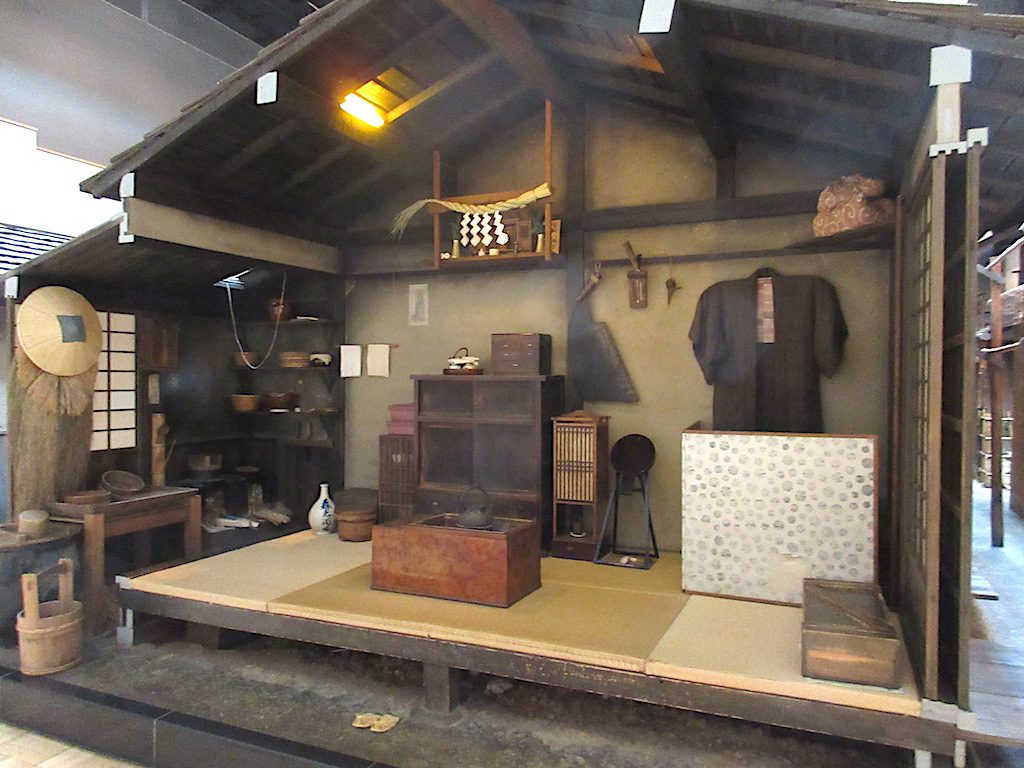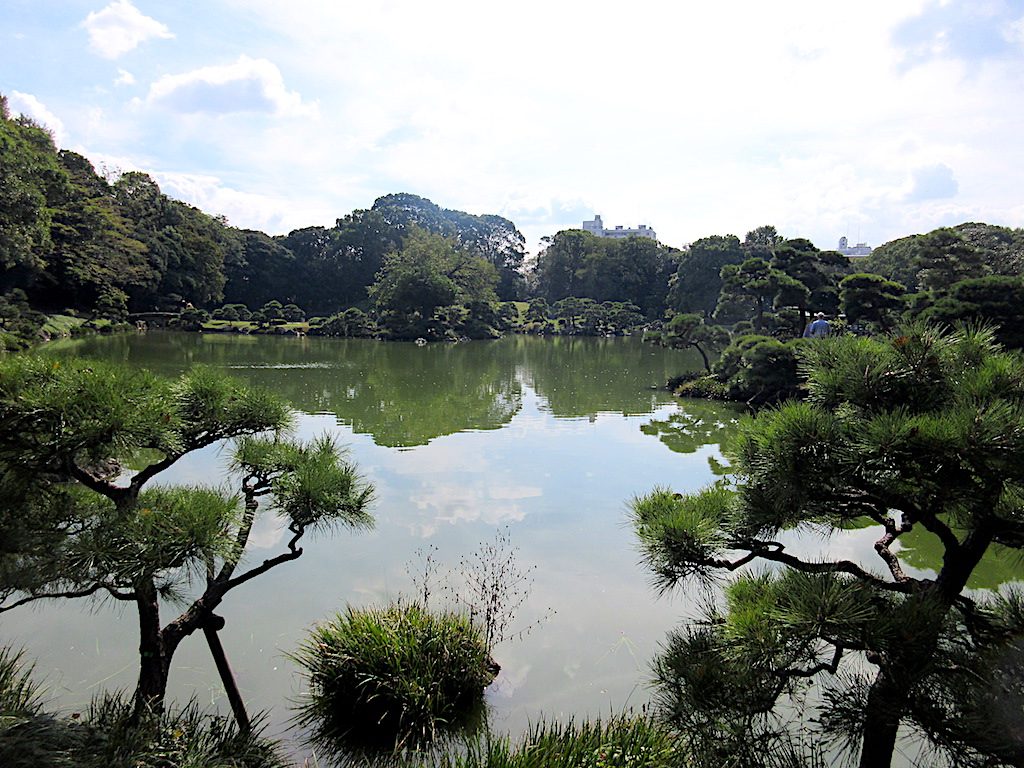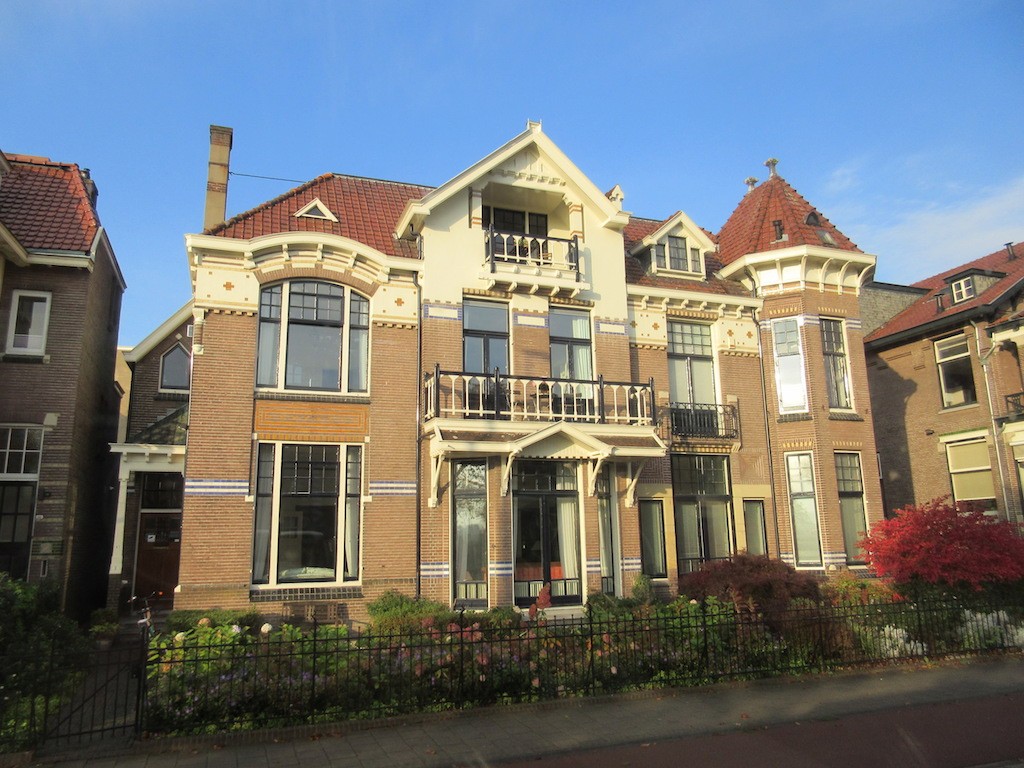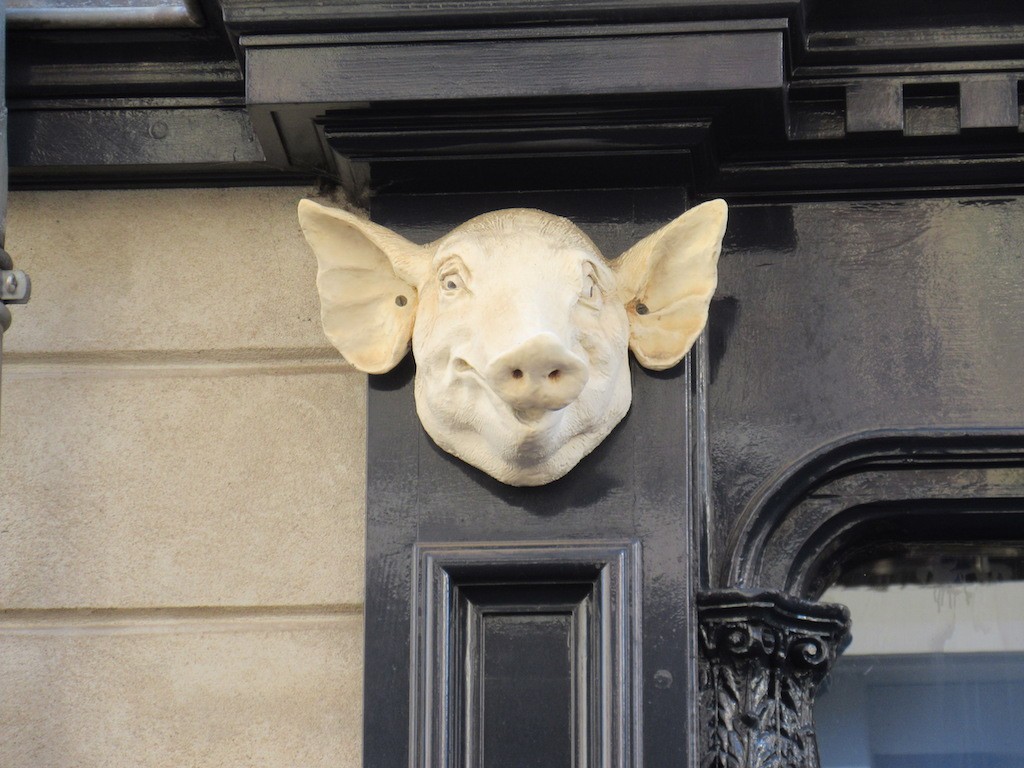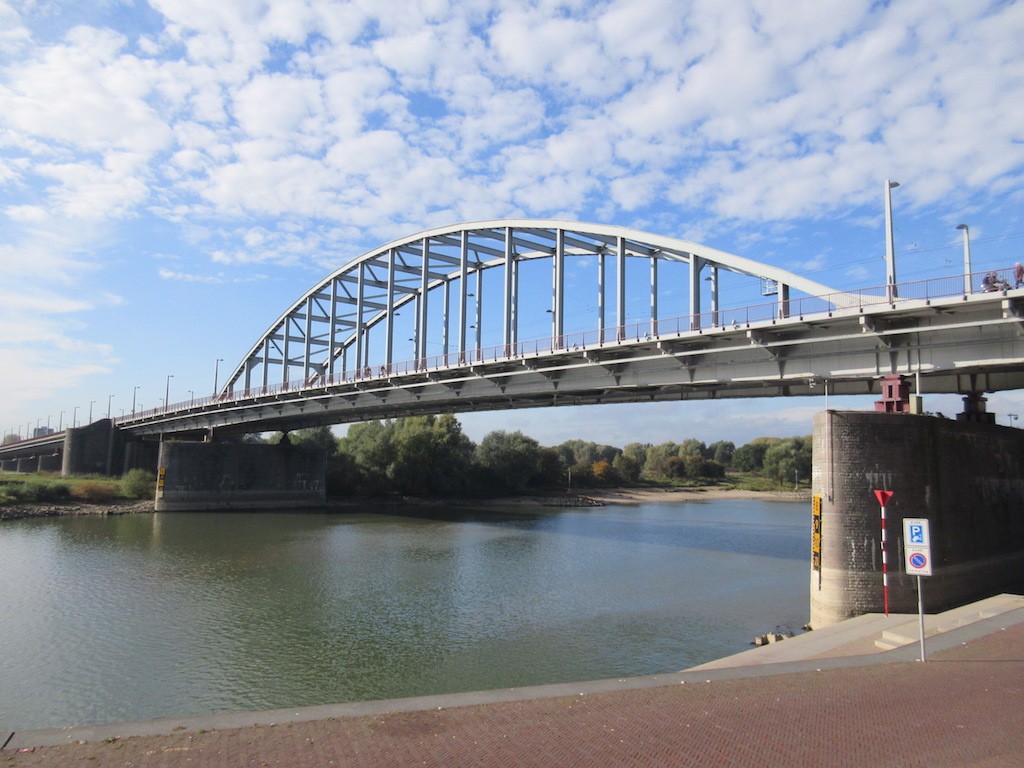We had planned a trip to Alaska and Denali National Park back in 2019. Due to Covid-19 we were unable to travel. We are a bit nervous about traveling but have decided to take the risk and move forward with our plans. It also happens that we just celebrated our 30th anniversary, so one more reason to celebrate!
We were scheduled to depart San Diego at 12:45pm on Jazz Airlines, a subsidiary of Air Canada, bound for Vancouver. Our flight was running a little late so we ended up not departing until about 1:15pm. After arriving in Vancouver about 4:30pm we found ourselves with thousands of others trying to navigate through passport control lines before colleting our luggage. The entire process took about 90 minutes.
Our dear friend, Bryan Parker, was kind enough to pick us up at the airport and take us to our hotel on English Bay and Stanley Park. Our hotel for the next three nights was the Sylvia Hotel. The Sylvia Hotel opened its doors on May 3, 1913 as a 70-unit apartment building. It was the tallest building in Vancouver at the time and attracted affluent tenants. Through the decades the Sylvia transitioned to shorter term accommodations while still maintaining some permanent residents. During World War II some rooms were even used to lodge English Bay’s Merchant Marine crews. In 1975 the city of Vancouver designated the Sylvia a heritage building, ensuring its survival for many years to come. Today it remains one of the few publicly accessible heritage buildings in Vancouver.
After checking in and getting settled we walked a short distance to Bryan’s condo where he had prepared a delicious and plentiful dinner of grilled chicken, rice and a green salad. The dinner was finished off with a lemon cake with fresh raspberries.
Vancouver began more than 10,00 years ago with territories of the Squamish, Musqueam and Tsleil-Waututh peoples. The modern city, originally named Gastown, was built around a tavern near the Hastings Mill and dates back to 1867. The name Vancouver came about after a deal with the Canadian Pacific Railway in 1886 when the railway expanded west. George Vancouver, who the city was named after, was a British naval officer who had explored and charted the North West Pacific Coast between 1791 and 1795. Vancouver is now a city of about 675,000 inhabitants, while the greater Vancouver area has a population of 2.6 million people. The city is the most ethnically and linguistically diverse cities in Canada with more than 50% of its residents belonging to a minority group.
